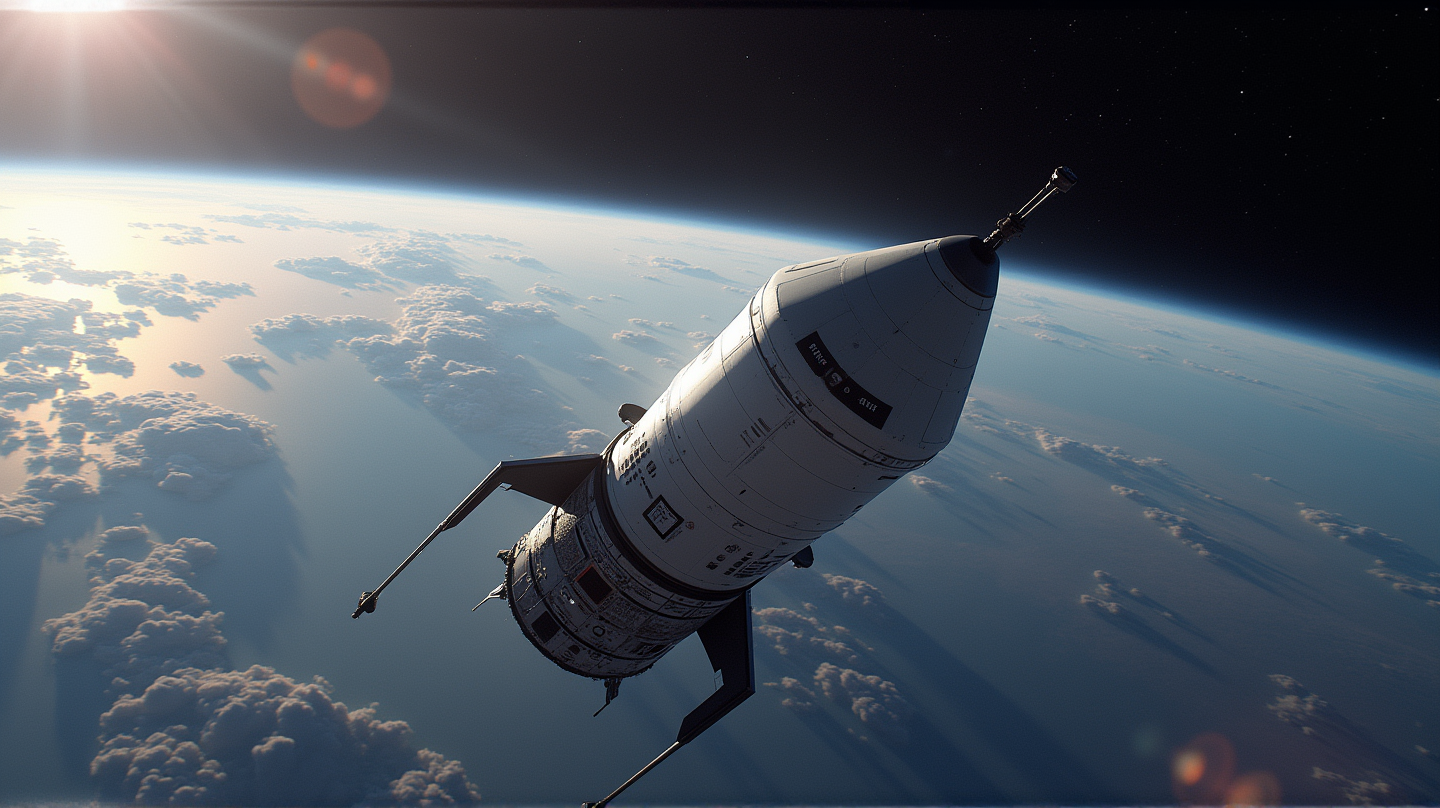SpaceX Dragon's Return: A Triumph of Modern Robotics and Cosmic Innovation
SpaceX's Dragon capsule returns with a cosmic bounty—6,700 pounds of cutting-edge robotics and experiments ready to revolutionize our earthly understanding.

When the SpaceX Dragon capsule touched down, it wasn’t just returning from another mission to space—it carried a treasure trove of revolutionary technology and advancements primed to transform our understanding of the cosmos. With 6,700 pounds of futuristic gear and groundbreaking experiments onboard, this mission is a shining beacon of the collaborative strides in space exploration. According to Rude Baguette, this is more than a return; it’s a profound leap forward in reshaping the future of space exploration.
Unveiling the Future of Spacecraft Materials
One of the significant highlights aboard the Dragon was the Multipurpose International Space Station Experiment, or MISSE-20. Tasked with testing the toughness of various materials in space’s harsh conditions, this experiment offers a compelling glimpse into what lies ahead for spacecraft design. By evaluating materials such as radiation shielding and ceramic composites in space’s extreme environment, MISSE-20 paves the way for the next generation of spacecraft, robust enough to endure the rigors of interplanetary travel.
Astrobee Robots: Pioneers of Space Maintenance
The Dragon also heralded the return of Astrobee-REACCH—a marvel of robotic technology, featuring NASA’s ingenious free-flying robots equipped with agile tentacle-like arms. These robots, with their dexterous movements, have shown incredible promise in microgravity environments, suggesting a future where they could assist in satellite repairs, debris removal, and even routine maintenance.
A New Era in Space Imaging
The ferocious advancements in space imaging manifested vividly through the OPTICA experiment, which returned with the capsule. By optimizing the compression and real-time transmission of hyperspectral imagery in space, OPTICA stands poised to revolutionize fields such as disaster response and agricultural monitoring on Earth. This leap in technology could redefine how we perceive, analyze, and respond to terrestrial and cosmic phenomena.
Educating the Next Generation of Explorers
The return cargo also included a unique collection—children’s books from the Story Time from Space initiative. Read by astronauts in space, these stories captivate and ignite the imagination of young minds, bridging the gap between Earth and the cosmos. By fostering education through space-themed stories and demonstrations, this initiative kindles the curiosity that will fuel future generations in their quest to explore the universe.
As the Dragon capsule closes yet another chapter in cosmic exploration, it sets the stage for future discoveries that will continue to bridge the unknown and the known. The innovations returning from this fruitful mission not only symbolize the cutting-edge collaboration between NASA and private companies like SpaceX, but they also light the path towards humanity’s bold, expansive future in space. What awaits us next, as we unlock the secrets of the Moon, Mars, and beyond? Only time—and the next daring mission—will tell.

